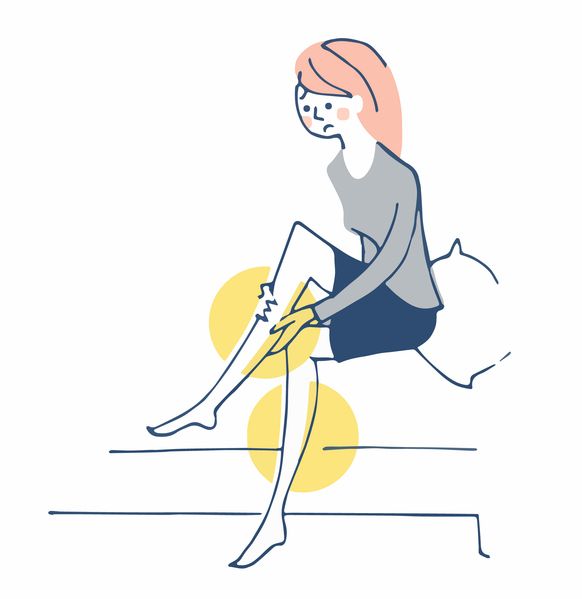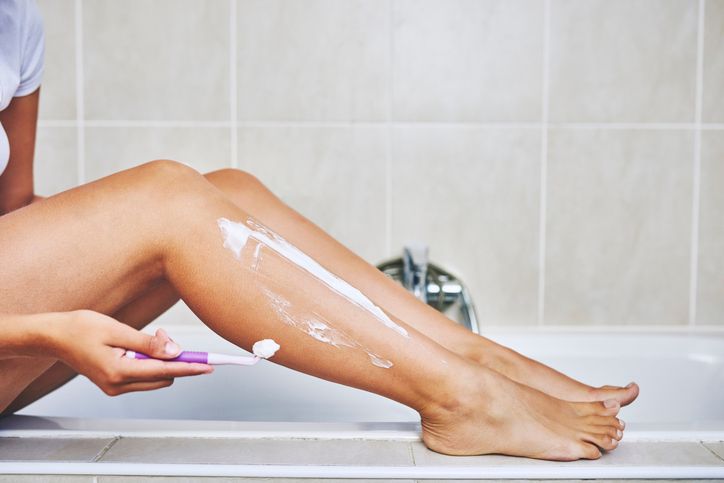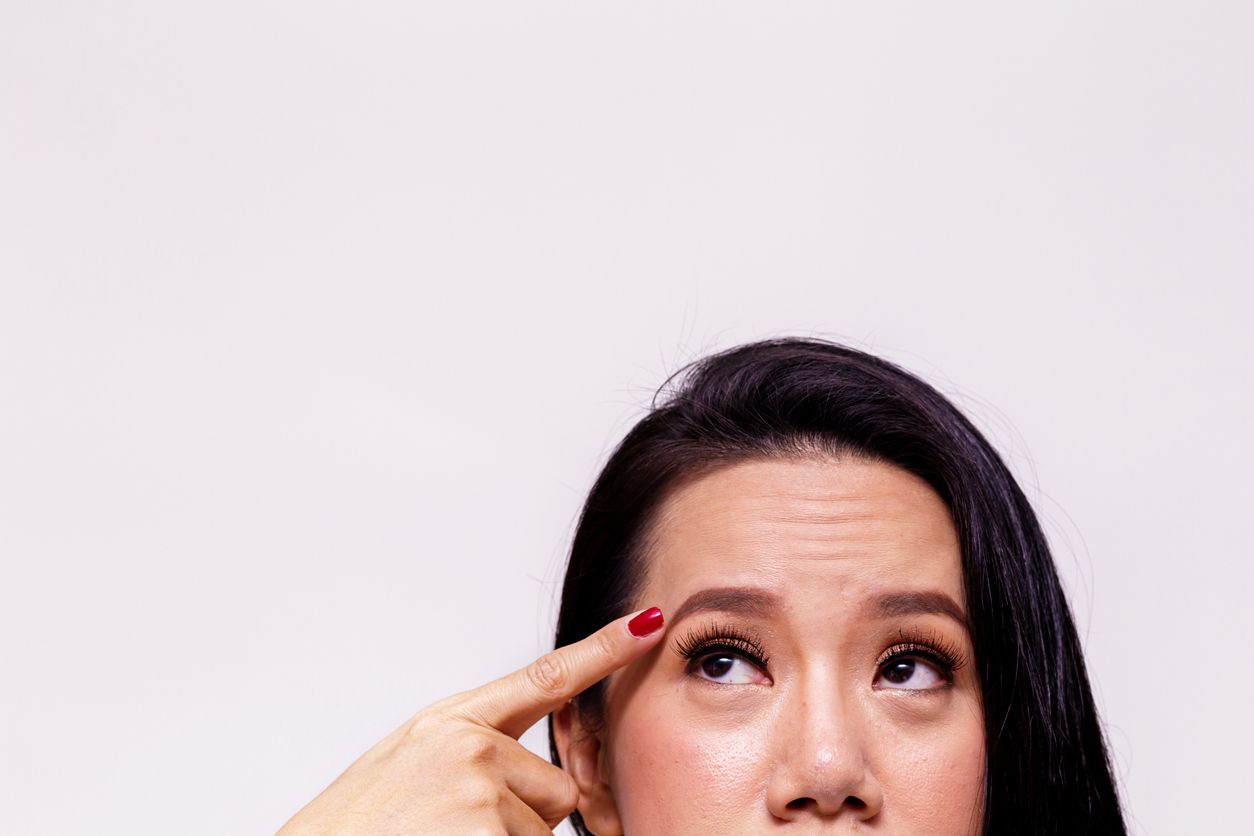- Home
- Trend
- Weight Loss Strategies
- Acne Tips
- Hair Health Information
- Blemish Removal Tips
- Acne Scar Removal Tips
- Muscle Building Techniques
- Intimate Care Tips
- Postpartum Intimate Care
- Eye Bags Wiki
- Tips for Face Slimming
- Secret of Permanent Hair Removal
- Breast Enlargement Tips
- Cure to Snoring
- Marionette Lines
- Skin-Tightening Secrets

免費體驗
A3 Laser Hair Removal Treatment
1 Minute Self-Registration
Date should not be before minimal date
In many cultures, smooth, hair-free legs are considered a standard of beauty for women. Media portrayals, fashion trends, and celebrity influences have reinforced the idea that hairless legs are more desirable or feminine. Many women find that smooth legs enhance their feeling of comfort, especially when wearing skirts, shorts, or swimwear. It can boost self-confidence and body image. So today, let's dive into the best ways to achieve smooth legs and how you can do it right!
1
Why Choosing the Right Way To Remove Unwanted Hair From Legs are Important?

1. Razor Burn
2. Ingrown Hairs
3. Cuts and Nicks
4. Skin Irritation
5. Folliculitis
6. Hyperpigmentation
2
The Relationship Between Skin Tone and These Leg Hair Removal Options

Shaving
Waxing
Epilation
Hair Removal Cream
3
Leg Hair Removal Methods Done Right: Steps To Take Note

Shaving
Waxing
Epilating
Hair Removal Creams
4
The Truly Lasting Way in Removing Unwanted Hair

Why You Should Trust A3 for a Smooth and Hair Free Skin?

免費體驗
A3 Laser Hair Removal Treatment
1 Minute Self-Registration
Date should not be before minimal date
FAQ

1. How do IPL and laser hair removal technologies differ for leg hair removal, and why is laser considered better for achieving long-lasting results?
IPL uses a broad spectrum of light with multiple wavelengths that scatter within the skin, targeting various hair follicles at once. It's effective for a range of hair colours and works well on larger areas but may require more sessions for optimal results. Laser hair removal, on the other hand, uses a single, concentrated wavelength of light that is more precisely targeted to the melanin in the hair follicle, making it extremely effective at damaging the roots of the hair for long-term reduction. Laser technology is often considered better for those seeking long-lasting hair removal results because its precision allows for deeper penetration into the hair follicle, providing a more focused treatment that leads to quicker and more significant reduction in hair growth.
2. What are the advantages of wet shaving over dry shaving for removing leg hairs?
Wet shaving, which involves shaving the legs with water and shaving cream or gel, is often preferred for its ability to provide a closer shave and minimise skin irritation. The water and shaving cream help to soften the leg hairs and lubricate the skin, allowing the razor to glide more smoothly over the skin surface and reducing the risk of cuts and razor burns.
3. Why might someone choose leg waxing over using depilatory creams for removing hair and achieving long-lasting smooth skin?
Leg waxing is chosen over depilatory creams by many because it removes hair from the root, unlike depilatory creams which dissolve hair just below the skin surface. This means that waxing can offer longer periods of smooth skin, typically lasting from three to six weeks, depending on individual hair growth cycles. Additionally, waxing can lead to finer and sparser hair regrowth over time. Though depilatory creams are less painful and quicker to use, waxing's long-lasting results and impact on reducing hair thickness make it a preferred method for those seeking smoother legs for longer.
4. How does the skin texture and hair type influence the choice between using an epilator and IPL for leg hair removal?
The choice between using an epilator and IPL for leg hair removal often depends on individual skin texture and hair type. Epilators physically remove hair by plucking it from the follicle, which can be effective for all hair types but may cause discomfort, especially on sensitive or coarse-haired areas. On the other hand, IPL targets the melanin in the hair follicle to reduce hair growth over time and is generally best suited for individuals with darker hair and lighter skin tones, due to the contrast needed for the light to target the hair follicle effectively.
5. For someone with a busy lifestyle, what are the benefits of choosing depilatory creams for removing leg hairs compared to the process of leg waxing, and how does it affect soft legs and skin surface?
Depilatory creams offer a quick and convenient option for removing leg hairs, making them ideal for individuals with a busy lifestyle. These creams work by chemically dissolving the hair just below the skin surface, allowing for easy removal without the pain associated with waxing. The process can be done at home and completed in a matter of minutes, providing smooth, soft legs without the need for special equipment or appointments. However, while depilatory creams are less time-consuming than waxing, the results are not as long-lasting, and there's a higher frequency of application needed to maintain smooth skin.








